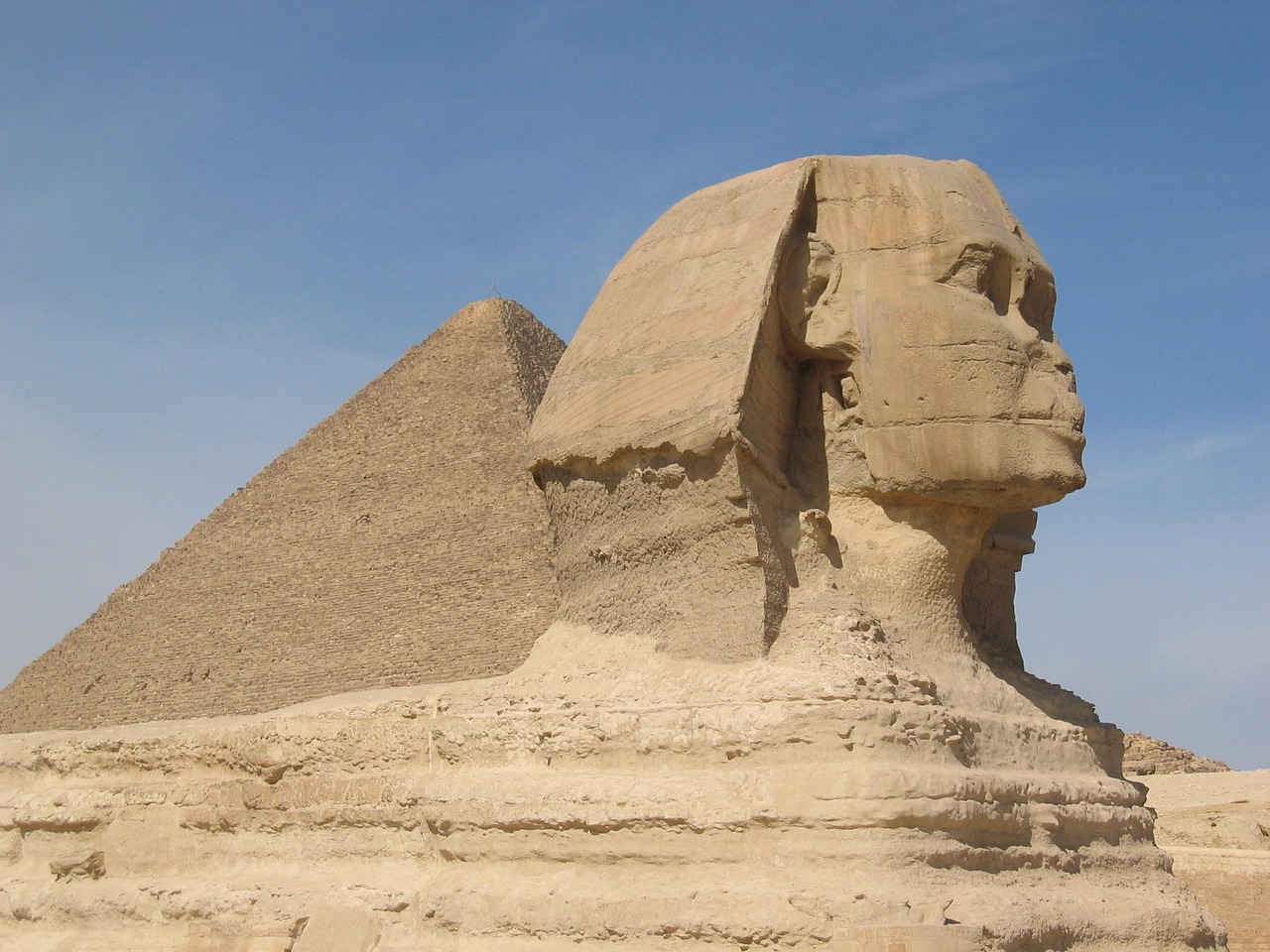A few years back, the British Museum hosted a captivating exhibition entitled Living with Gods, which addressed the idea that religion is crucial to the human experience. This notion intrigues me, especially when considering its significance—how does it enrich our lives? One aspect of religion is its role in helping us interpret our surroundings, providing us with narratives that assist in navigating life’s complexities. While contemporary advancements in science have diminished the role of divine narratives in our understanding of the world, they were essential to ancient Egyptians, where many gods represented natural forces, helping to explain their reality.
For instance, Shu is a god symbolizing both air and sunlight, specifically the dry air, with his counterpart Tefnut embodying moisture—resulting in a coherent cosmology that reflects the harsh Egyptian climate, whereas in a wetter locale like Britain, the distinction may not resonate the same way. Shu personifies the atmosphere, unlike Greek deities who govern specific elements of nature. The Coffin Texts emphasize Shu’s essence: “I am Shu… my clothing is the air… my skin is the pressure of the wind,” evoking the sensation of wind on one’s face as Shu’s touch.
Shu is typically depicted as a man adorned with a distinctive headdress featuring a single ostrich feather—the same symbol worn by Maat. This headdress serves as a hieroglyph representing Shu’s name, likely meaning “he who arises” or “emptiness.” In some representations, he is depicted as a lion, illustrated on a shrine from the 30th Dynasty—once housing a stunning cult statue of Shu—a silver lion statue approximately one foot tall, embellished in gold.
Shu is closely linked with a concept of eternal time known as neheh, the cyclical flow of time, contrasting with djet, the idea of unchanging permanence represented by Tefnut. Shu’s domains encompass the cycles of life, death, and rebirth amongst the pharaohs, illustrating his link to air as a life-giving force in the cosmos.
Interestingly, organized worship of Shu did not emerge until the New Kingdom, although references to him can be found in earlier texts dating back to the Old Kingdom. The Pyramid Texts link him to purifying the deceased in the lakes of Shu, hinting at his significance even then. The Coffin Texts include several spells—collectively referred to as the Litany of Shu—that express aspirations for Shu to imbue life into the dead and relate his creation myth.
During the New Kingdom, Shu’s prominence grew owing to his associations with sunlight, coinciding with the rising importance of solar deities in Egyptian religion, culminating in the radical changes of Akhenaten’s reign. Notably, the cult of Shu persisted during this time, intertwining his solar connections with Atenism, depicting him residing within the solar disk itself. Early in Akhenaten’s rule, Shu was integrated into the Aten’s titles, emphasizing his significance in the theological transition of that era.
Furthermore, Shu’s essence was intertwined with the rejuvenation of the cosmos. He filled the universe with air and life, becoming integral to the human experience, from each breath taken at birth to providing healing powers sought in prayers and spells. Records from the Late and Ptolemaic Periods continued depicting Shu and his creation narratives, albeit 3D representations of him are rare.
Shu is a vital entity in the Heliopolitan Ennead—a collective of nine deities from the Heliopolitan creation myth, underscoring the sun’s central role. The myth narrates the emergence of the first god, Atum, from chaotic waters, leading to the births of Shu and Tefnut. The stories of Atum’s procreation either through sexual acts or sneezing intertwine with Shu’s name, which phonetically resembles the Egyptian term for sneeze, while Tefnut shares a breath-centric connection.
The narrative of Shu’s conception offers deeper intricacy, revealing that he and Tefnut do not merely represent Atum’s offspring but are essential attributes vital for Atum’s consciousness. This understanding enhances their roles as catalysts for creation, with Atum awakening from a state akin to death into vital life, enabling the cosmos to emerge from him.
Separated from Atum, Shu and Tefnut still require the divine essence known as ka to become fully embodied beings, a moment that signifies the inception of time itself. They eventually unite to produce Geb (the earth) and Nut (the sky), who further generate stars. Nut’s struggles, often resulting from Geb’s anger, illustrate the complex dynamics of family within Egyptian mythology, with Shu intervening to protect Nut.
Shu’s role in myth extends to explaining the physical layout of the cosmos, where air separates earth from the heavens. Every rising sun represents a cycle of rebirth, akin to daily and seasonal changes, encapsulating the continuity of existence.
In various adaptations, the winter solstice myth aligns Shu with narratives about the cyclical nature of the sun, showcasing a solar entity pursuing a goddess to coax her return, echoing seasonal changes. His ties to solar deities such as Re have further solidified his significance, despite not being classified directly among them.
Shu represents complexities intertwined with the Egyptian perception of kingship. His narrative illustrates a transfer of power that signifies both stability and vulnerability, mapping an evolving lineage from divine beginnings through the pharaohs, while simultaneously hinting at the challenges faced in these transitions.
Though Shu embodies air and sunlight, his intersections with lunar and solar deities reflect a fluidity not confined by modern categorizations—rather, they present an integrated perspective essential for comprehending ancient Egyptian spirituality. The intricacies of Shu’s mythology showcase the atmospheric essence of life and the multifaceted nature of Egyptian gods, emphasizing the rich tapestry interwoven within their beliefs.



